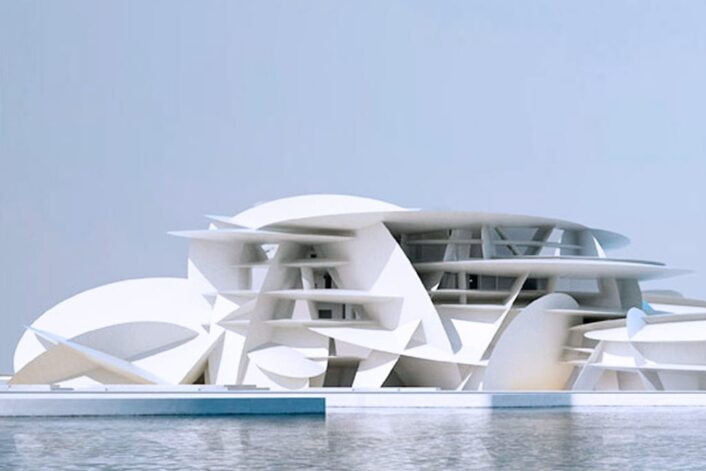Architecture
Museum of Islamic Art in Doha
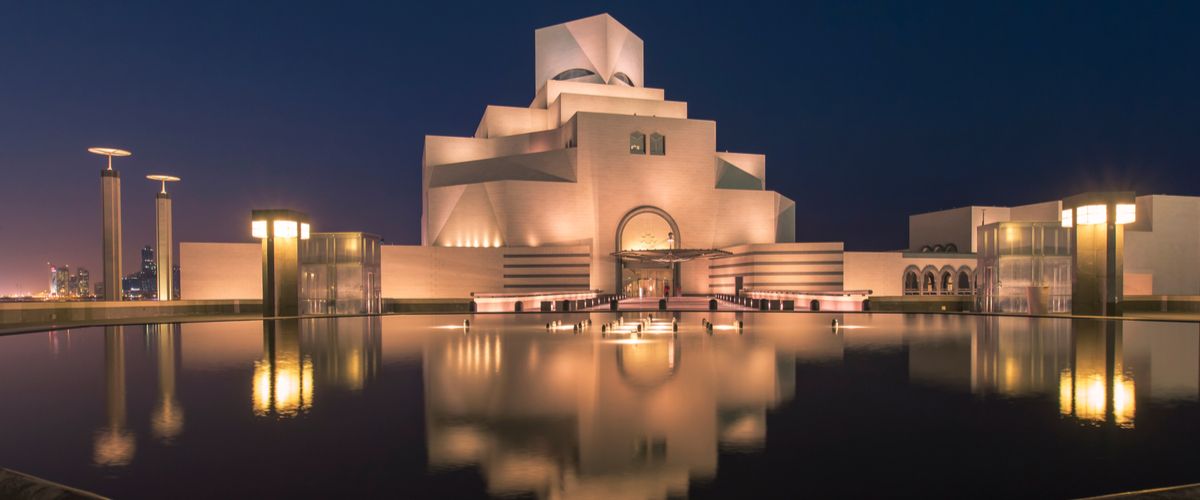
The museum first opened in 2008.
Image courtesy of: My Holidays
Last month, one of the Middle East’s most important museums reopened after an 18-month-long closure. The Museum of Islamic Art was closed following the (courtesy of Art Newspaper) “reimagination and reinstallation of its permanent collection galleries.” There have been claims that the closure was due to the country’s reconfiguration ahead of this month’s launch of the FIFA World Cup.
The new renovation will provide a space for families and younger audiences to explore Islamic history, culture, and art in an interactive and innovative setting. The museum’s leaders hope that via technology and physical interaction, Islamic heritage can be further explored.
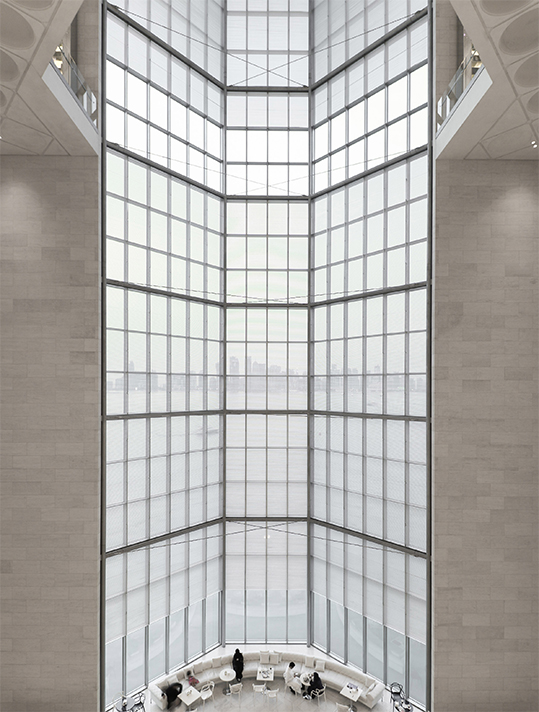
The museum sits on an artificial island on the Arabian Gulf, not far from the Doha Corniche… a waterfront promenade along the bay that borders the capital city of Doha.
Image courtesy of: Dezeen, photographed by: Yuequi Jazzy Li
The Museum of Islamic Art was designed by I.M. Pei. Prior to starting the commission, the architect traveled throughout the region to better understand Islamic architecture. Specifically, Pei said that he based the design on that of the 9th-century ceremonial cleaning fountain at Cairo’s Mosque of Ahmad Ibn Tulum. At the building’s opening in 2008, Pei said he was inspired by the (courtesy of Dezeen) “severe architecture that comes to life in the sun, with its shadows and shades of colour.”
The main building is made from limestone… a material that appears especially majestic in different light and shade situations. The museum’s entrance has an enormous palm tree, a symbol commonly associated with Islam and Muslims. Inside, Pei included “grand decoration” with an oculus at the top of the atrium and the ceilings.. both of which are adorned with coffered domes.
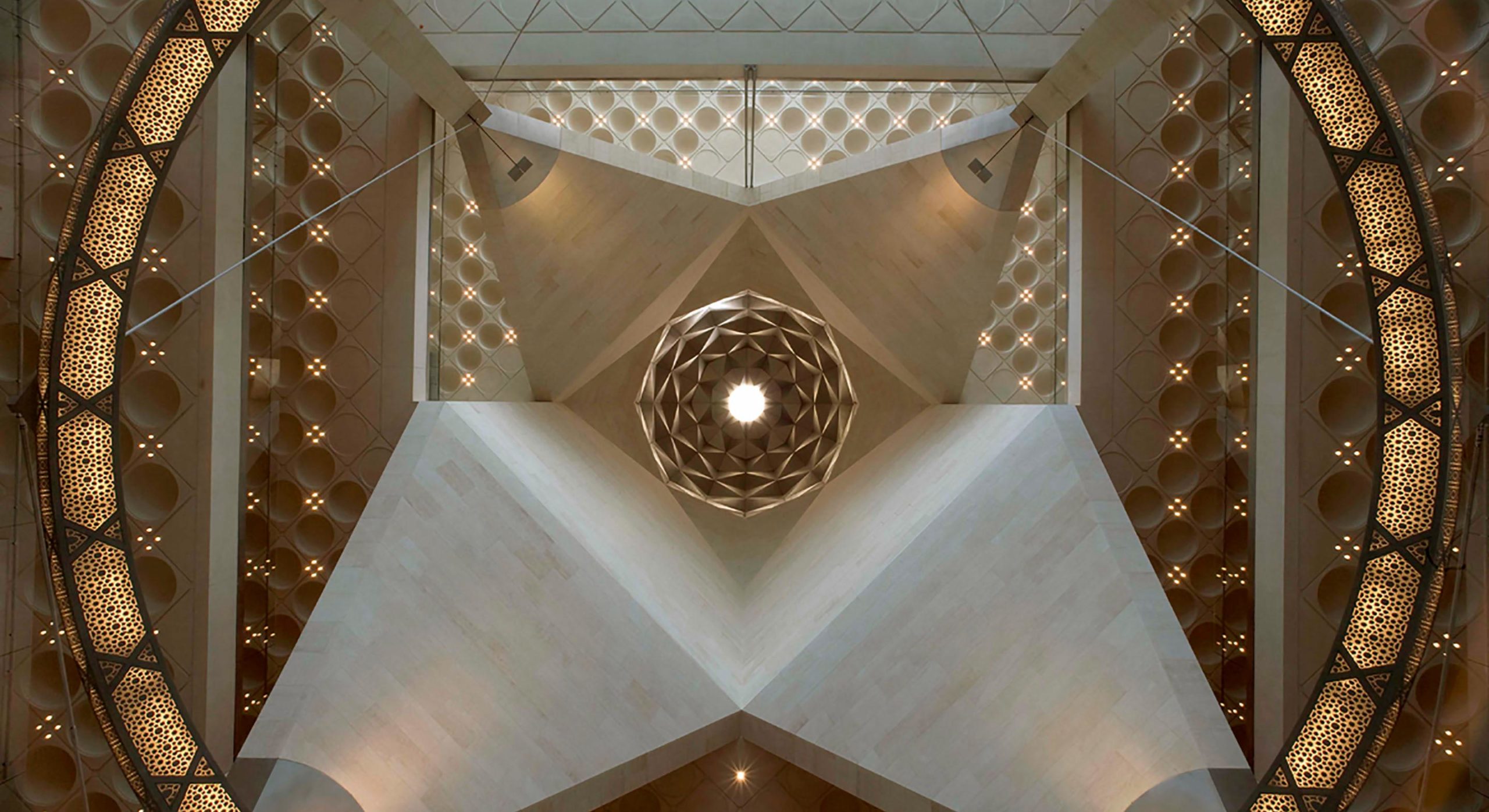
The interior is reminiscent of some of Islam’s best well-known mosques with cascading spatial organizations. The design implores visitors to look up upon entering and look down from each balcony.
Image courtesy of: Fisher Marantz Stone
At the very top of the five-story tower, a circular perforated metal chandelier hangs suspended between two staircases. The staircases parted to lead up to the galleries where Islamic art is arranged around a grand central atrium.
The galleries are arranged according to historical and cultural themes, periods, and geography. In addition, courtesy of the building’s officials, the galleries will explore the “great traditions of Islamic craftsmanship.” Following the reconfiguration, more than 1,000 objects not perviously displayed will be available to view for the first time. Among those that are the most important, a 9th-century Blue Qur’an, a late 13th-century Cavour Vase, a Varanasi necklace from 1609, a late 16th-century Ramayan manuscript for Hamida Band Begum, and a Franchetti tapestry from around 1575.
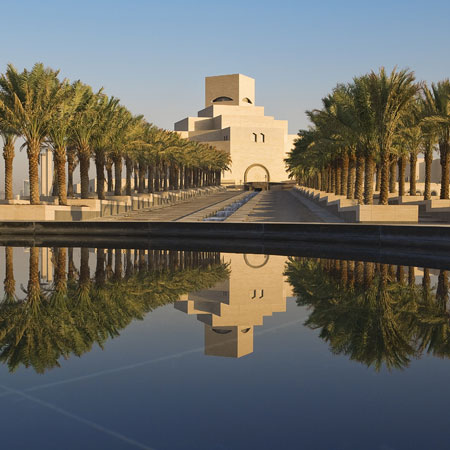
The museum is an enormous 376,740-square-feet.
Image courtesy of: Dezeen
Inside, the new organization allows for galleries that are dedicated to the Qur’an’s history and education amongst Islamic cultures to be located in the same area. The third level is a new section that focuses on the three “Gunpowder” empires: Ottoman, Safavid, and Mughals.
The inaugural exhibition is on display through February 2023, it charts the history of the Iraqi capital from antiquity until today. The museum’s curators chose to focus on pivotal points such as the Abbasid dynasty (750-1258) and the period when Baghdad developed into a sophisticated metropolis (1940-1970). Also on display are pieces on loan from 22 worldwide institutions including the Metropolitan Museum of Art in New York City.
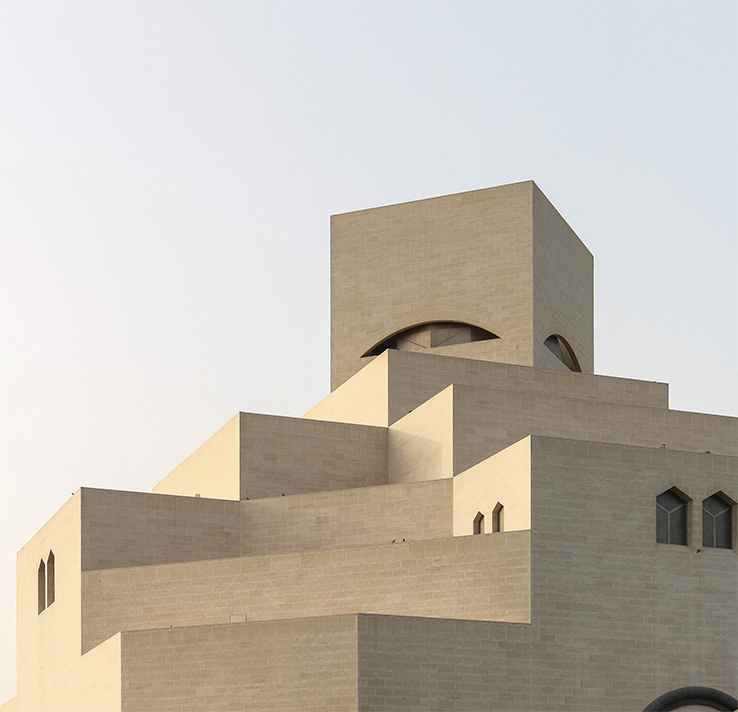
The Museum of Islamic Art was awarded the LEED (Leadership in Energy and Environmental Design) existing building certification.
Image courtesy of: Dezeen
There is good reason behind the fact that the main building is practically “windowless.” This architectural design means that the nearly 54,000-square-feet of exhibition halls do not get any natural daylight- for conservation reasons. In fact, everything that was designed has a rhyme and reason… which is not surprising because architecture buffs know full-well that everything Pei designs is 100% purposeful. When the museum opened, Pei confirmed as such with this statement, “If we really want people to come here and stay for a while, then we need to make room for them and offer them interesting routes through the rooms.”
Qatar has plans for three new museums including the Lusail Museum, a new institution designed by the well-known Swiss architects Herzog & de Meuron. This museum, in particular, will be home to the world’s most prolific assemblage of Orientalist paintings, sculptures, photography, rare texts, applied arts, and drawings. This is all part of the state’s initiative to boost their “soft power status;” we think it is working!

